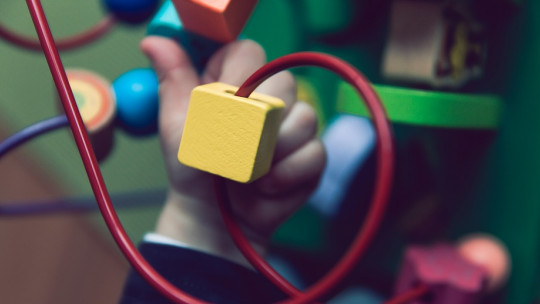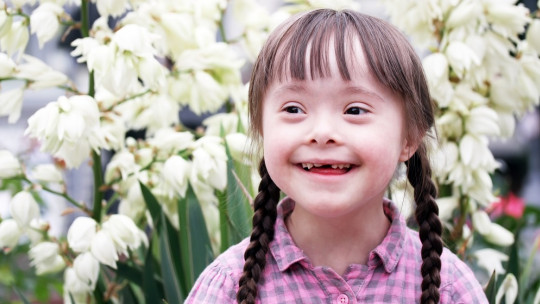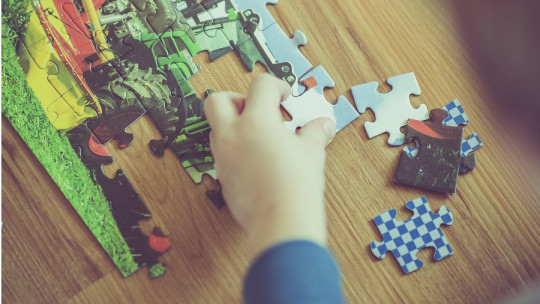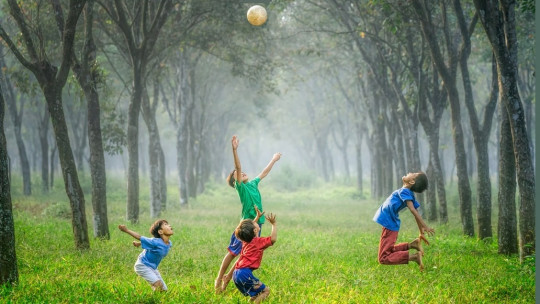Recently, an article in the popular magazine “Muy Interesante” talked about the secret of toys and highlighted the importance of play in the individual’s maturation process.
This week, from the Mensalus Psychological and Psychiatric Assistance Institute, we talk about the importance of play in the development of the child and the well-being of the adult.
Why is it important for children to play?
What is the power of the game?
Playful activities strengthen two areas of the gray mass (matter that is part of the Central Nervous System): the cerebellum, which coordinates movements, and the frontal lobe, associated with decision-making and impulse control. The toy plays a key role in these maturation processes since it collaborates in learning the cause-effect relationship (“if I push the truck, it moves”) and in calculating probabilities through trial-error (“if I want it truck reaches the table, I have to push harder.
The power of the game is incalculable. Playing is learning by activating your imagination, discovering through interaction and, above all, having a good time. For this reason, playing is a key element for the healthy growth of the individual and the development of their intelligence.
Children change the way they play over the years.
Of course. If we observe them we can see very interesting elements that differentiate one stage from another. Jean Piaget (1896-1980) made a detailed description of the main types of play that appear throughout childhood. This pedagogue observed that from 0 to 2 years of age, functional or exercise play predominates, from 2 to 6 years of age, symbolic play becomes explicit, and from 6 to 12, the game of rules does.
Furthermore, Piaget noticed how, parallel to these types of play, the so-called construction game appears, a type of game that evolves hand in hand with all the others (depending on the stage in which the child is).
What characterizes exercise games?
The exercise games typical of the first years of life consist of repeating an action over and over again for the pure pleasure of obtaining an immediate result. These actions can be performed both with objects (biting, sucking, throwing, shaking) and without them (crawling, swinging, crawling). At this stage the child develops coordination of movements and movements, static and dynamic balance, as well as understanding of the world around him, among others.
The toy industry offers a multitude of options that ensure the implementation of the skills described. As in the rest of the stages, toys function as “useful materials” for the child’s psycho-sensory-motor development.
What toys promote development from 2 to 6 years old?
In this second stage in which symbolic play predominates (that which consists of simulating situations, objects and characters), toys that promote the child’s imagination and motivate him to create are interesting. Therefore, it is often better to build a scenario than to have it done from the start.
Symbolic play facilitates understanding of the environment, puts into practice knowledge about the roles established in adult life and promotes the development of language, among others. In short, in this type of game, children reproduce knowledge of the reality that surrounds them. The more varied the reality they know, the richer the arguments they use (families, doctors, teachers, dancers, stores, etc.). In fact, the selection and development of the plot/theme of the game shows that the child increasingly understands more vital aspects.
And what characterizes the game of rules (from 6 to 12 years old)?
Rules are socializing elements that teach children to win and lose, to respect turns and rules, to consider the actions and opinions of other classmates, etc. Rules are fundamental for learning different types of knowledge and promote the development of language, memory, reasoning and attention.
To better illustrate learning the rules, Piaget took the game of marbles as an example: If you give some marbles to 2-year-old children, the activity they carry out is individual: they suck them, throw them, push them, etc.
If you give it to children between 2 and 5 years old, even if they receive the rule of how to play, they do it individually (parallel play), that is, they do not try to compete, win, exchange points of view, etc. Finally, if you share them with children over 6-7 years old and explain to them what the game is like, they understand the rules as mandatory elements and carry out the activity according to the rules.
Accompanying children in this sense is a fundamental task for their maturation.
Because?
For many parents, playing is a distracting activity, but in reality, it is a more demanding task. Playing contributes, as we have seen, to the integral growth of the infant, and participating in it makes us a key element for this maturation process.
Our figure within the game feeds all the aforementioned capabilities. For example, in the case of symbolic play, it offers a source of information with which the child will have to deal and interact (vocabulary, gestures, procedures, ideas about society, etc.). In the case of the game of rules, limits appear that, later, will develop skills that can be transferred to the rest of life scenarios (for example: waiting).
We all need to play
Do older people also need to play?
According to psychiatrist Adam Blatner, the need to play in human beings is permanent. Blatner points out that the basis of man’s life is the relationship between four abilities: loving, working, playing and thinking. Specifically, this psychiatrist highlights recreational activity as a compensatory element for the emotional tension generated by other activities.
The truth is that not all actions can become games. In fact, we would open an interesting debate if we reflect on what would happen if that were the case.
However. We can integrate recreational activity naturally into our daily lives so that it counteracts the tension/fatigue generated by obligation, thus offering a place for creative capacity. Therefore, introducing the game as a complementary element (whether when playing sports, in a team dynamic, in the practice of a hobby, etc.) regardless of the existence of a moment of play with the children, is a emotionally intelligent choice.
Are adults allowed to play?
Many times not. This is where the problem lies. The issue of permissiveness and beliefs related to “duty” take away space from spontaneity, the liberation of thought and joy. Therefore, today we do not want to say goodbye to this article without sending one last message: the game is part of our way of exploring and understanding the world…
Playing is not just for children.









